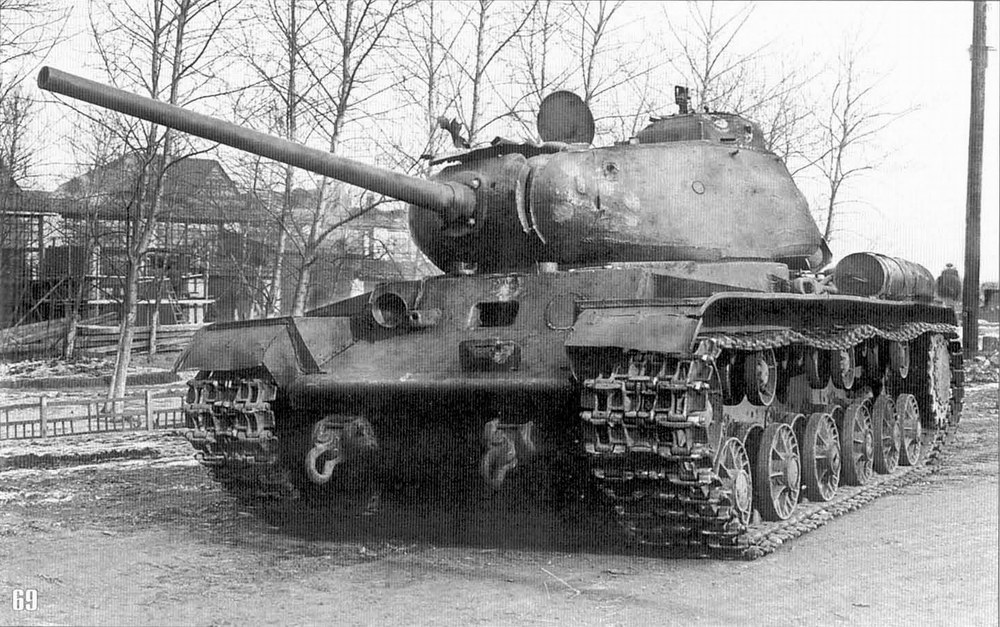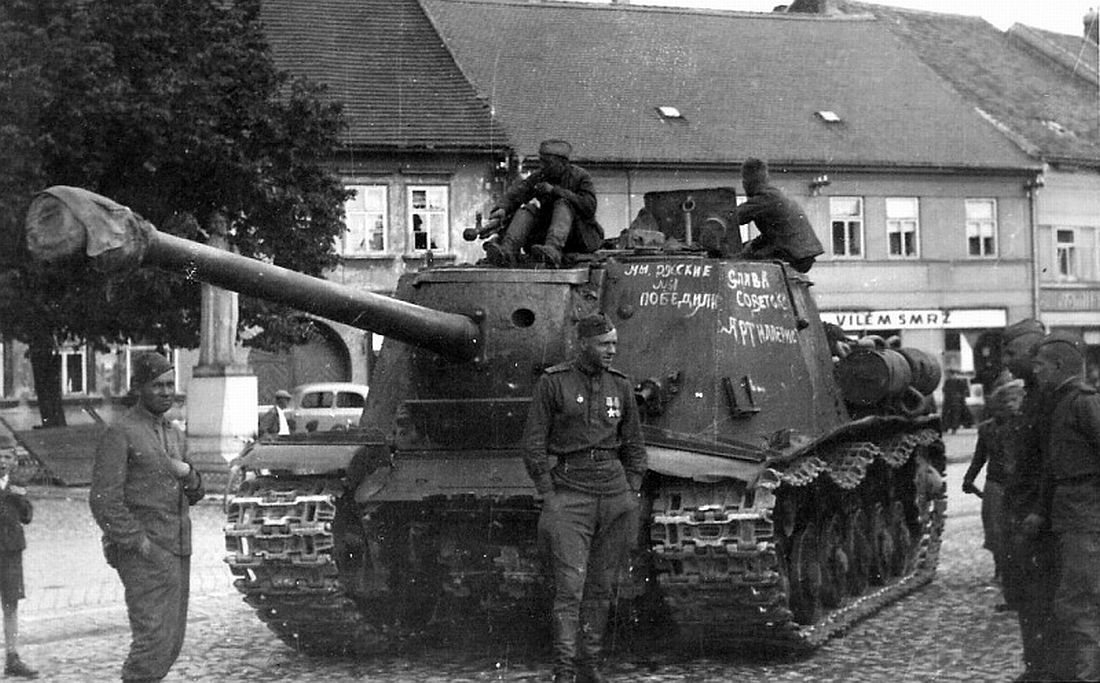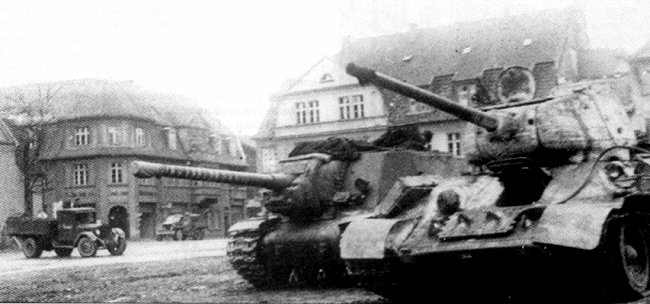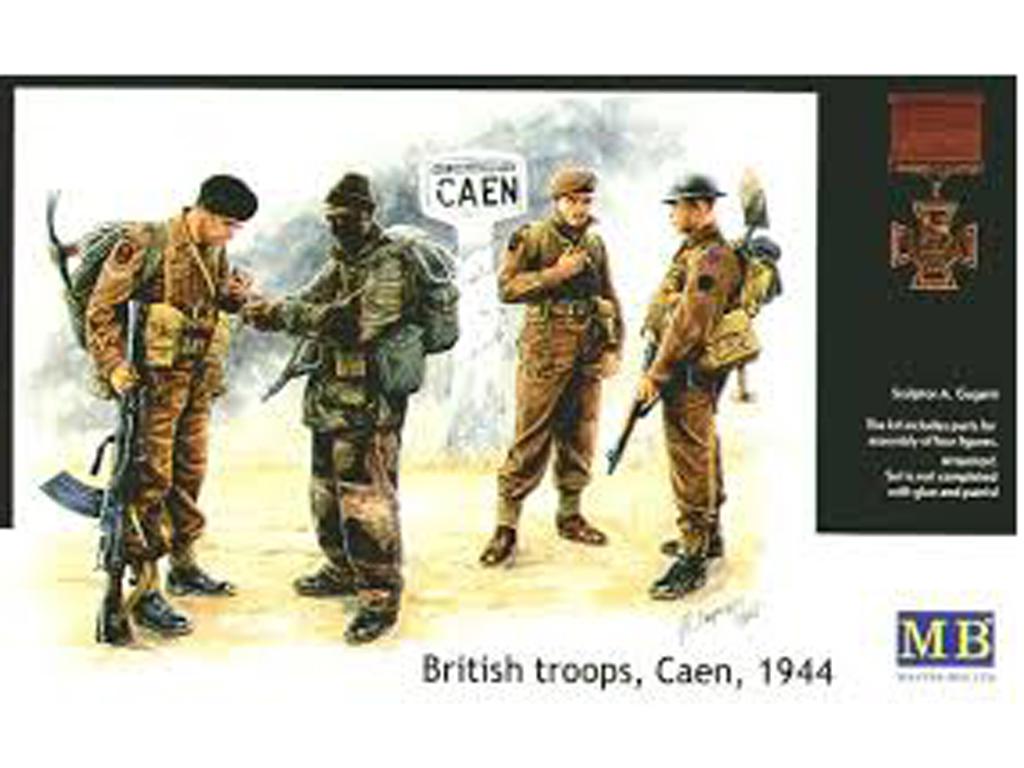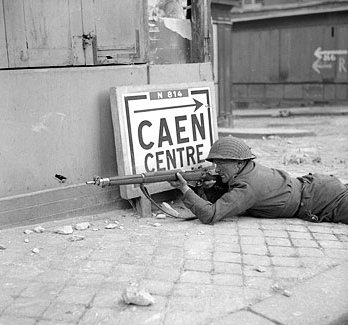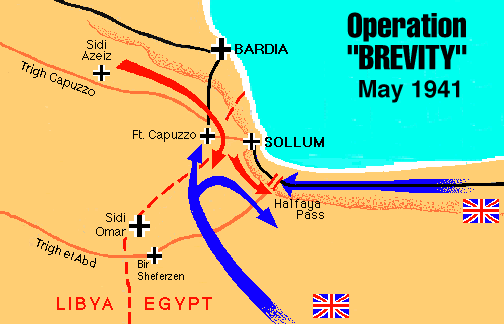Halfaya Pass: 15 May 1941 Operation Brevity
Today sees the anniversary of Operation Brevity, a (very) limited offensive conducted in mid-May 1941, during the Western Desert Campaign of the Second World War. Conceived by the commander-in-chief of the British Middle East Command, General Archibald Wavell, Brevity was intended to be a rapid blow against weak Axis front-line forces in the Sollum - Capuzzo - Bardia area of the border between Egypt and Libya.
Halfaya Pass (English colloquial: Hellfire Pass) is located in Egypt, near the border with Libya. A 600-foot (180 m) high escarpment extends south eastwards from the Egyptian-Libyan border at the coast at as-Salum (or Saloum, Solum, Sollum), with the scarp slope facing into Egypt. Halfaya Pass is about two miles (3 km) inland from the Mediterranean and provides a natural route through.
The escarpment is known as Akabah el-Kebir ( "great ascent") In World War II, the engineered route up the escarpment had been destroyed and the pass had great strategic importance. The only ways westwards into Libya were to assault the pass or to out-flank it to the south.
After the defeat of the Italian 10th Army on 7 February 1941 during Operation Compass, the Italians were reinforced by German units (Afrika Korps under Erwin Rommel) and the British forces were forced out of Libya, leaving a besieged garrison at Tobruk. On 14 April 1941. Rommel's main force reached Sollum on the Egyptian border and occupied the Halfaya Pass. There were several allied attempts to recapture the Halfaya Pass and relieve Tobruk.
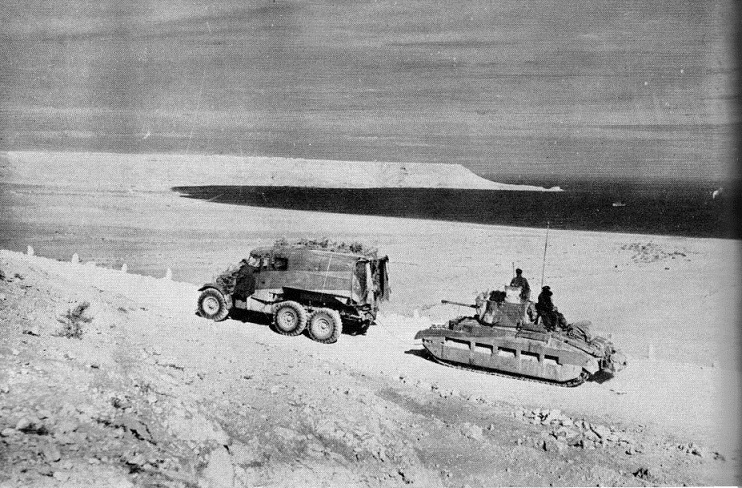
The first attempt on 15 May, was Operation Brevity. Rommel counter-attacked: the British withdrew and by 27 May the Germans had recaptured Halfaya Pass, a passage of time in which Major Edward Thomas earned his Military Cross. Supply shortages obliged the Germans to curtail their advance, so they dug in and fortified their positions at Halfaya with 88 millimetre guns. This was the anchor for the Axis positions, which opposed the Allied forces during the next allied attack — Operation Battleaxe on 15 June. German armour was deployed to draw the British tanks (11th Hussars) onto the concealed 88 mm guns and the first wave was cut down in a few minutes (11 out of 12 tanks were destroyed), earning the pass the nickname "Hellfire Pass". The allied commander, Major Miles, was last heard on the radio reporting, "They are tearing my tanks apart."
The third attempt, Operation Crusader opened on 18 November, with a direct attack on Halfaya Pass and an attempt to outflank Rommel to the south and relieve Tobruk. This was done on 29 November. Rommel, now under pressure, withdrew to El Agheila.
Halfaya Pass was the location of the accidental death of Major-General 'Jock' Campbell (VC), then commander of the British 7th Armoured Division. On 26 February 1942, a month after assuming command, his staff car skidded on a newly laid clay road surface, killing him outright.
The First Battle of Hellfire Pass:
Operation Brevity: Following the Allied withdrawal from the eastern Libyan province of Cyrenaica in April 1941, 13th Corps was reconstituted under Beresford-Peirse and refitted. On 12 May a convoy arrived in the Egyptian city of Alexandria with reinforcements including 220 tanks. General Archibald Wavell, Commander-in-Chief Middle East, was under continual pressure from Churchill to engage Rommel and make amends for the defeat earlier that year.
The operation got off to a promising start, throwing the Axis high command off balance. However most of its early gains were lost to local counterattacks, and with German reinforcements being rushed to the front. The operation was called off after a day.
Egypt had been invaded by Libyan-based Italian forces in September 1940, but by February of the following year a British counter-offensive had advanced well into Libya, destroying the Italian Tenth Army in the process.
British attention then shifted to Greece, which was under the threat of Axis invasion; while Allied divisions were being diverted from North Africa, the Italians were reinforced with the German Afrika Korps under General Erwin Rommel's command. Rapidly taking the offensive against his distracted and over-stretched opponent, Rommel drove the British and Commonwealth forces in Cyrenaica back across the Egyptian border by April 1941.
Although the battlefront now lay in the border area, the port city of Tobruk—100 miles (160 km) inside Libya—had resisted the Axis advance, and its substantial Commonwealth and British garrison constituted a significant threat to Rommel’s lengthy supply chain. He therefore committed his main strength to besieging the city, leaving the front line only thinly held.
Wavell defined Operation Brevity’s main objective as the acquisition of territory from which to launch a further planned offensive towards Tobruk, depleting German and Italian forces in the region as he went. With limited battle-ready units to draw on in the wake of Rommel’s recent successes, on 15 May Brigadier William Gott attacked in three columns with a mixed infantry and armoured force.
The strategically important Halfaya Pass was taken against stiff Italian opposition, and Fort Capuzzo, lying deeper inside Libya, was captured. German counterattacks regained the fort during the afternoon causing heavy casualties amongst its defenders. Gott, concerned that his forces were in danger of being caught by German armour in open ground, conducted a staged withdrawal to the Halfaya Pass during 16 May. Brevity was scuttled. As the balance of forces became more unfavourable to the British, 13th Corps withdrew to Halfaya Pass. The strategically important pass was held for two weeks before it fell to a German counter-attack.
The operation had gained no territory and the damage inflicted on German tanks and artillery was more than balanced by the loss of British equipment, much of which the Germans were able to recover.
Following the British withdrawal, Rommel fortified the frontier with minefields and 88mm anti-tank guns - a weapon superior to any then deployed by the British.
Operation Brevity was a bitter lesson for the Allies: to deal with an enemy like Rommel, equally skilled in deploying tanks to outgun infantry and artillery to stop tanks, new levels of preparation and planning would be required.
Allied force
Operation Brevity was carried out by the 22nd Guards Brigade and elements of the 7th Armoured Division. Its armoured component consisted of 29 cruiser tanks of the 2nd Royal Tank Regiment (2RTR) and 24 infantry tanks of the 4th Royal Tank Regiment (4RTR). The Royal Air Force (RAF) allocated all available fighters and a small force of bombers to the operation.]
Brigadier William Gott—in command of all Allied front-line forces since the retreat—was to lead the operation in the field, and his plan was to advance in three parallel columns.[
On the desert flank to the south, the 7th Armoured Brigade group was to move 30 mi (48 km) from Bir el Khireigat to Sidi Azeiz destroying any opposition encountered en route. This group included three small mobile forces ("Jock columns") of the 7th Support Group, the cruiser tanks of 2RTR, and the armoured cars of the 11th Hussars, whose task was to patrol the open desert on the left flank and monitor the Sidi Azeiz–Bardia road.
In the centre, the 22nd Guards Brigade group was to clear the top of the Halfaya Pass, secure Bir Wair, Musaid, and Fort Capuzzo, and conduct a company-sized probe toward Bardia. The group included the infantry battalions of the 1st Durham Light Infantry and 2nd Scots Guards, and the infantry tanks of 4RTR.
In the north, the "coast group" was to advance along the coast road, capturing the lower Halfaya Pass, Sollum barracks, and the town of Sollum. The group included elements of the 2nd Battalion The Rifle Brigade, and the 8th Field Regiment Royal Artillery
Axis force
The main Axis opposition was Kampfgruppe von Herff, positioned on the desert plateau.
It included 30–50 tanks of the 2nd Battalion Panzer Regiment 5, an Italian motorised infantry battalion of the Trento Division, and supporting arms. The frontline area around Halfaya Pass was defended by two companies of Bersaglieri—well trained Italian motorised infantry—with artillery support.
On 9 May, the Germans intercepted a British weather report over the radio. The Afrika Korps war diary noted that "In the past, such reports had always been issued prior to the important enemy offensives to capture Sidi Barrani, Bardi, Tobruk, and the Gebel."
Rommel's response was to strengthen the eastern side of his cordon around Tobruk as a precaution against sorties from the garrison, and to order Kampfgruppe von Herff to adopt a more aggressive posture. On 13 May, Axis aircraft bombed British tank concentrations, and von Herff expected an imminent British attack. However, the following day aircraft were unable to locate the British, and it was reported that the "enemy intentions to attack were not known".
British advance
On 13 May, Wavell's infantry battalions began to concentrate at their start lines, followed by the tank regiments during the early hours of 15 May. At 06:00, the three columns began their advance, supported overhead by a standing patrol of Hawker Hurricane fighters.
Centre column
Reaching the top of the Halfaya Pass, the 22nd Guards Brigade group ran into heavy opposition from an Italian Bersaglieri infantry company with anti-tank gun support. At the cost of seven tanks, the position was quickly taken by C Squadron 4RTR and G Company 2nd Scots Guards, and the brigade group pushed on towards the Bir Wair-Musaid road.
At around 08:00, it received the surrender of a large German-Italian camp, and by 10:15 Bir Wair and Musaid had been taken in the face of limited opposition.
A Squadron 4RTR and the 1st Durham Light Infantry (1DLI) continued the advance toward Fort Capuzzo. Concealed in hull down positions behind a ridge near the fort were 20–30 German tanks, supported by anti tank guns. These engaged A Squadron, disabling five tanks, but were forced to withdraw as the squadron pressed its attack.
On the final approach to Fort Capuzzo, contact was lost between 4RTR's tanks and 1DLI's leading C Company, and the attack on the fort began without armoured support. The fort was vigorously defended, and it was not until just before midday that C Company, reunited with A Squadron 4RTR and reinforced by A and B Companies 1DLI, eventually took the position.
D Company 1DLI—which had been in reserve during the attack—then made a wide left hook to capture a small landing ground to the north of the fort.
In the afternoon, one company of the 2nd Scots Guards probed toward Bardia, the infantry coming under heavy machine gun fire from three positions as they neared Sollum barracks. A group of Universal Carriers—commanded by Sergeant F. Riley—charged the gun positions and quickly neutralised them, but one carrier was disabled when the group was subsequently engaged by anti-tank guns. Riley executed a second charge, silencing these too and taking their crews prisoner. His carrier was hit three times; for his actions Riley was awarded the Military Medal, the battalion's first decoration of the war.
Desert column
On the desert flank, 2RTR advanced with the 7th Armoured Brigade group. During the morning, reports were received of up to 30 German armoured vehicles operating nearby, and A Squadron 2RTR moved to investigate. Most of the German force had pulled back, but three tanks were located and brought under fire. One Panzer IV was disabled and the other two driven off, for the loss of one British tank due to mechanical failure. A second force of 15 German tanks was engaged by two tanks of No 2 Troop, destroying a Panzer III and forcing the remainder to withdraw. By midday, the brigade group had reached a position west of Fort Capuzzo, and in the afternoon the nine remaining cruisers of A Squadron 2RTR began a reconnaissance patrol towards Sidi Azeiz.
Panzer IV
Coastal column
The advance along the coastal road—which lacked tank support—was held up all morning by determined Italian resistance at the bottom of Halfaya Pass. This objective was finally achieved toward evening when S Company 2nd Rifle Brigade—supported by Australian anti-tank gunners fighting as infantry—overran the Italian positions taking around 130 prisoners.
Axis reactions
Although the German and Italian commands in North Africa knew that a British offensive was imminent, Operation Brevity nevertheless caught them unprepared, and Rommel recorded in his diary that the initial attacks had caused him considerable losses. By midday on 15 May, Axis command was showing signs of confusion. It was erroneously believed that the offensive involved more than 100 tanks, and repeated requests were made to both the Luftwaffe and the Regia Aeronautica for a concerted effort to defeat it. Forces around Tobruk were redeployed east of the besieged city, to block any attempt at relief and to prevent the garrison from breaking out to meet the British advance. Lieutenant-Colonel Hans Cramer was sent to reinforce Kampfgruppe von Herff with a tank battalion from Panzer Regiment 8 and a battery of 88 mm (3.46 in) FlaK guns, and additional reinforcements under General von Esebeck were despatched the following day.
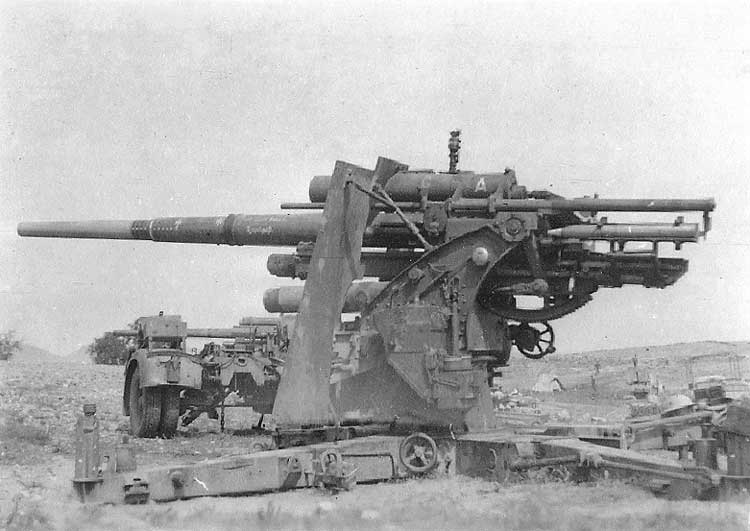
The Germans concentrated their riposte against the central column. Von Herff—who had been prepared to fall back—instead launched a local counterattack toward Fort Capuzzo during the afternoon of 15 May with the 2nd Battalion Panzer Regiment. At around 13:30, D Company 1DLI at the landing ground was overrun, and with no anti-tank support more capable than the Boys anti-tank rifle, the remaining troops of 1DLI were forced to fall back toward Musaid. A fortuitous dust cloud aided their withdrawal, but by 14:45 Panzer Regiment 5 was reporting that it had recaptured Capuzzo, inflicting heavy casualties on the British and taking 70 prisoners.
On the desert flank, A Squadron 2RTR's patrol toward Sidi Azeiz was being monitored by Panzer Regiment 5, but the Germans misidentified the light cruiser tanks as heavily armoured Matilda infantry tanks, and reported that an attack was not possible. Col. von Herff—believing the British had two divisions operating in the area—had grown uneasy. A Squadron's patrol was interpreted as an attempt to concentrate south of Sidi Azeiz, in preparation for a thrust north the next day; such a move threatened to sweep aside von Herff's force and completely unhinge the German front in the Sollum–Bardia area. In response, von Herff broke contact with the British; his plan was to join up with Cramer's Panzer Regiment 8 to mount a concentrated counterattack the following morning.

Realising that the 22nd Guards Brigade group would be vulnerable to German armoured counterattacks in the open ground around Bir Wair and Mussaid, Brigadier Gott withdrew it during the early hours of the morning of 16 May. By 10:00, the infantry had taken up new positions back at Halfaya Pass, although the 7th Armoured Brigade group was ordered to remain west of Fort Capuzzo for the time being.
Fort Cappuzzo
Cappuzzo from the Air
Cramer's reinforcements arrived in the Sidi Azeiz area at 03:00 and reached Fort Capuzzo at 06:30. At around 08:00, he made contact with Kampfgruppe von Herff, but by mid-morning both groups had run out of fuel. The German advance resumed at 16:00 before being stopped by around 17 tanks of 2RTR. The British reported one German tank set alight and another disabled, and that an advance of up to 50 tanks had been halted, while the Germans believed that they had repulsed a strong British tank attack. As nightfall approached, von Herff broke off the action and went on to the defensive. He intended to repair his damaged machines, reorganise, and resume offensive operations on 18 May. However, 2RTR pulled back to Bir el Khireigat, initially followed by two German tanks, one of which withdrew after the other was destroyed. The regiment arrived at Bir el Khireigat, from where it had set out two days previously, at around 02:30 on 17 May.
Operation Brevity failed to achieve most of its objectives, ultimately succeeding only in retaking the Halfaya Pass. The British lost five tanks and at least 206 men killed, wounded, or captured. German casualties numbered three tanks and 258 men killed, wounded, or captured. Losses among the Italian forces are unknown, but Allied accounts record the capture of 347 men.
On 5 August, Col. von Herff praised the Bersaglieri, who had defended Halfaya Pass.
The British received plaudits from Winston Churchill, who sent a telegram to Wavell betraying his ignorance of events by stating: "Without using the Tiger cubs you have taken the offensive, advanced 30 miles (48 km), captured Halfaya and Sollum, taken 500 German prisoners and inflicted heavy losses in men and tanks. For this twenty tanks and 1000 or 1500 casualties do not seem too heavy a cost."
Churchill ended the message by asking Wavell "What are your dates for bringing Tiger cubs into action?", in reference to the reinforcements that had arrived at Alexandria on 12 May as part of a convoy code-named Operation Tiger.
The 11th Hussar's regimental history notes that "it was clear that no further offensive action would be possible before 7[th] Arm[oured Division] was fully prepared". The Tiger convoy brought 238 tanks and made it possible to refit the 7th Armoured Division, which had been out of action since February as a result of the losses it sustained during Operation Compass. Preparations could now be made for Operation Battleaxe and the relief of Tobruk. In the system of British and Commonwealth battle honours, units that served in the Halfaya Pass area between 15 and 27 May were awarded the honour Halfaya 1941 in 1957.
Historian Thomas Jentz suggests that Brevity could have ended in victory for the British. While their tank forces were fighting ineffectively, the "gutsy" actions by 2RTR and their patrol toward Sidi Azeiz had convinced the Germans that the battle was lost by the evening of 15 May.
Because of their failure to engage 2RTR late that day, several German commanders from Panzer Regiment 5, including its commanding officer, were removed from their posts after the battle. Jentz notes that a feint by the 1st and 7th RTR out of Tobruk might have caused a realignment of the Axis forces, weakening their overall position and perhaps even forcing them to give up the Sollum area.
Operation Brevity highlighted to Rommel the importance of the Halfaya Pass; whichever side held it would have a "comparatively safe route for his supplies" during subsequent offensives in the area. On 27 May, he launched Operation Skorpion, during which von Herff recaptured the pass and reversed the last British territorial gain from Brevity.
















